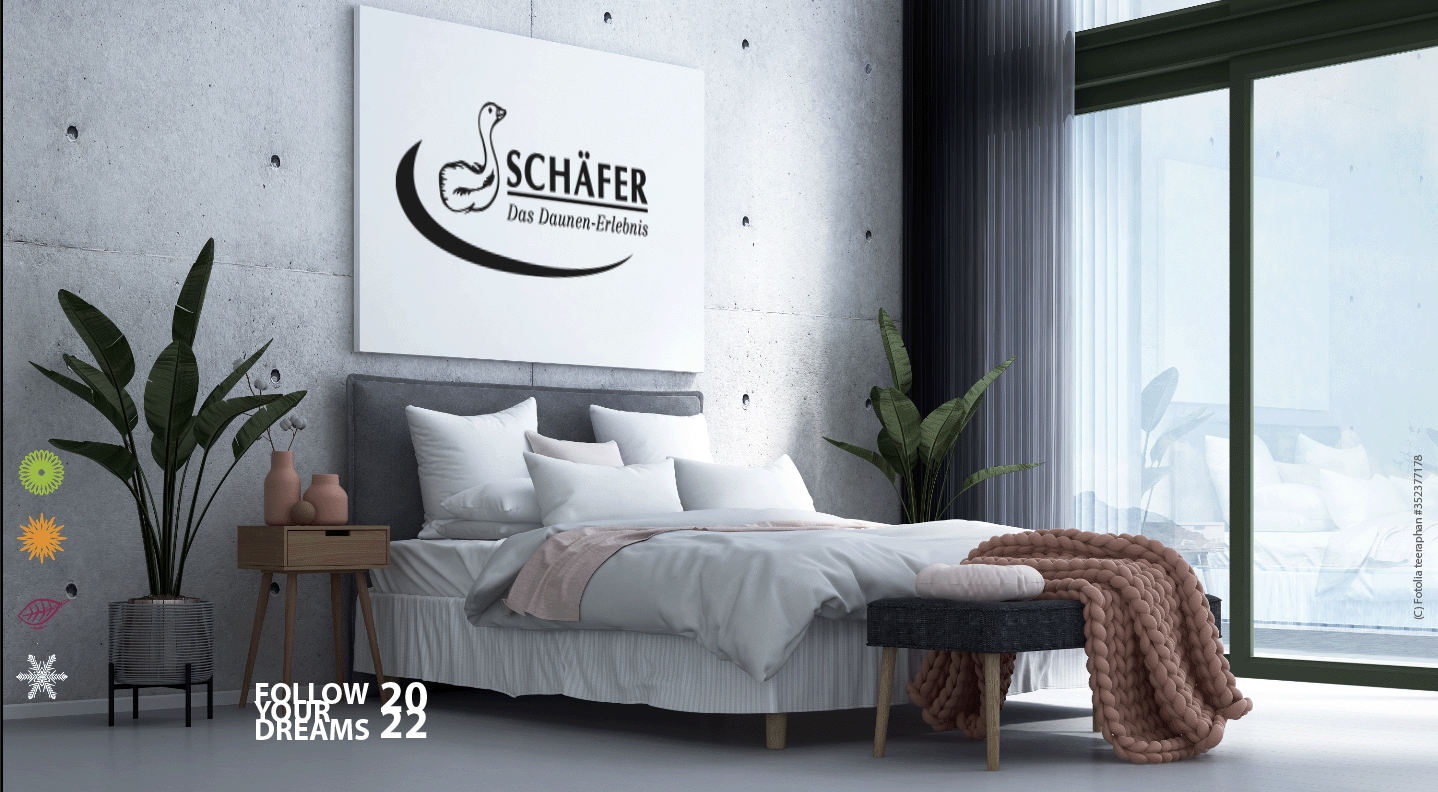
Resilience: The feather is naturally curved and elastic and therefore has the natural tendency during and after bearing the weight of the body to return to its original shape. Since the elasticity in a stronger feather is naturally stronger, pillows require stronger bed feathers in order to serve their purpose well. The fillings which are suitable for pillows are feather, ½ down and to some extent ¾ down qualities, whilst down is completely unsuitable for filling pillows.
The fill power: The fill power is an important factor in evaluating the quality of feathers and down. The fill power concerns the lofting ability of the filling to fill out a case by forming air pockets and to return to its original form after the case has borne weight. No other filling material has anywhere near the filling power of down. Fill power and insulating ability are interdependent. The fill power of down means that air pockets are formed continuously and it is these which provide insulation.
Warmth creation: A comforter and its filling do not warm themselves Unlike any other filling material feathers and down ensure that warmth created by the body is not lost because they store it. The reason for this is that the plumage of a bird is a poor conductor of heat and it is this valuable property that is made use of in down comforters.
Lightness: There is a mixture of down and air in a comforter. The air-down ratio reduces the weight of the comforter proportionally. It is the only filling whereby a relatively small amount achieves a comparatively high level of insulation.
Colour: In principle the colours white and grey(halbweiß, silberweiß) are used to differentiate between feathers and down. This is not a question of quality, but merely concerns the optical attractiveness of the filling. Consequently white qualities are more expensive than comparable grey qualities.

